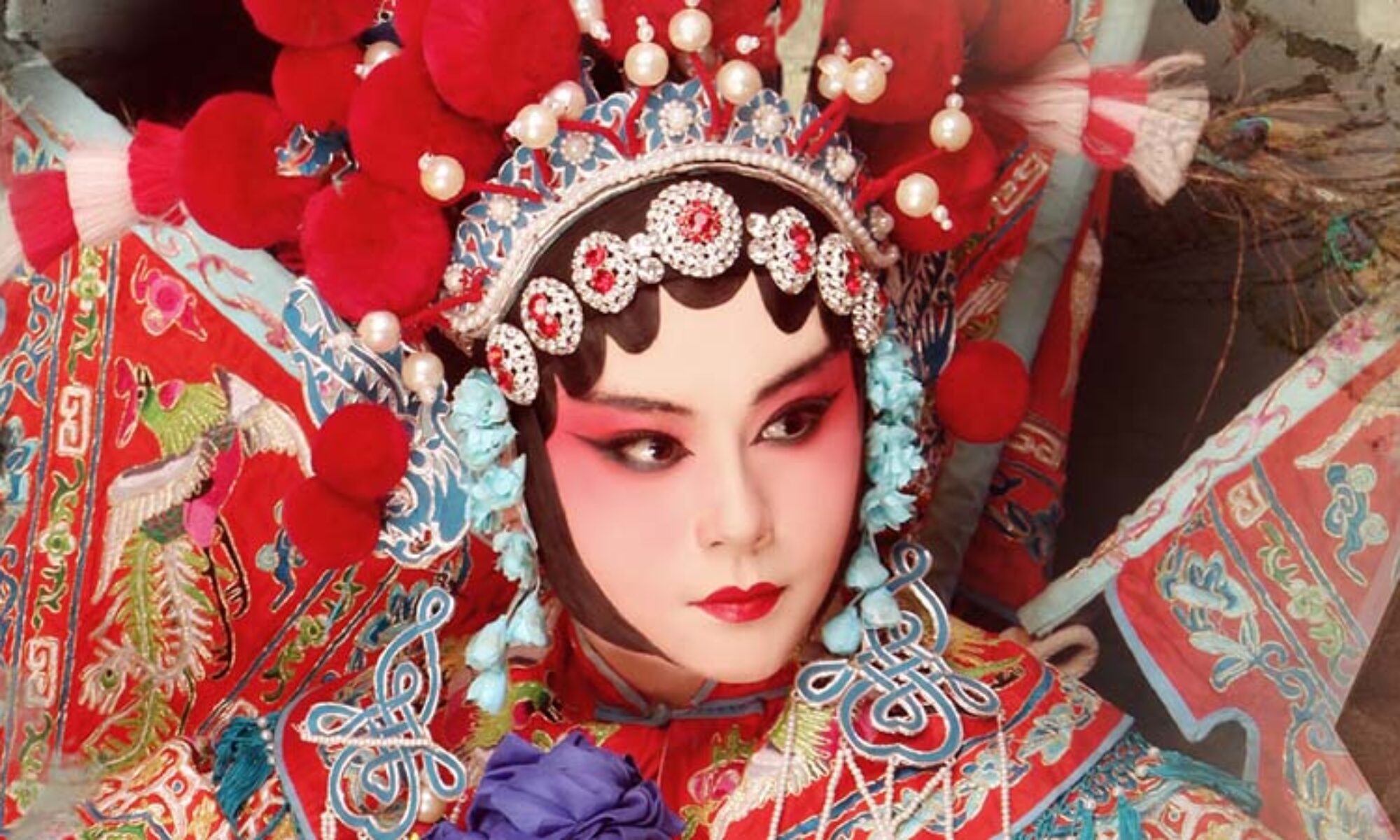
Dragon Dance: An Enchanting Spectacle of Tradition, Luck, and Spirit
Dragon dance is a fascinating traditional performance that occupies an important place in Chinese culture, especially during the Lunar New Year celebration. In this lively and rhythmic dance, teams of dancers wield intricately designed dragon puppets that symbolize power, wisdom and prosperity. Dragon dances are not only an awe-inspiring sight, but an important cultural tradition believed to bring good luck and ward off evil spirits. This article explores the interesting origins, symbolism, and fascinating artistry of dragon dancing.
The origins of dragon dance can be traced back thousands of years to ancient China. Legend has it that the dance derives from the mythical creature Niang, a fearsome monster known to terrorize villages. People found that this creature was afraid of loud noises and red color, so dragon dance was invented to scare people. Over time, this ritual evolved into a symbol of good luck, unity, and protection from evil spirits.
Dragons hold an important place in Chinese mythology and symbolism, representing auspicious qualities such as power, strength and good luck. In dragon dance, dragon puppets are usually made of materials such as silk and bamboo, with a long body made up of several parts. Each segment is steered by a dancer to create lifelike movements that mimic the dragon’s snake movements.
The dance is accompanied by rhythmic drum beats, clinking cymbals and vibrant gong sounds. This symbolizes the loud noises used in ancient legends to frighten the Nian. Dancers synchronize their movements to the music and perform complex routines that require skill, coordination and agility. Elaborate costumes and bright colors, often including red and gold, are used to adorn the dragons, increasing their visual impact and symbolic importance.
Dragon dances are an important part of the Chinese New Year celebrations, which usually take place in late January or early February. Considered one of the most anticipated and spectacular events of the celebration, it draws large crowds and creates a joyful atmosphere. This dance is also performed at celebrations such as weddings, store openings, and cultural festivals, symbolizing wishes for happiness and prosperity.
Beyond its cultural significance, dragon dance has gained international recognition and popularity. Frequently exhibited at various cultural events and parades around the world, it has become a symbol of China’s heritage and captivates audiences with its vivid artistic performances.
The dragon dance is a testament to the enduring power of China’s rich cultural heritage and traditions. Through captivating movements, pulsating rhythms and bright colors, this dance embodies the spirit of unity, happiness and protection from evil spirits. Viewers witness a wavy dragon figurine come to life and are transported into a world intertwined with ancient legends, artistry and celebration. The dragon dance continues to captivate audiences today and serves as an important symbol of Chinese culture, promoting unity, happiness and renewed hope for the future.
